Which Cities Are Located On Two Continents?
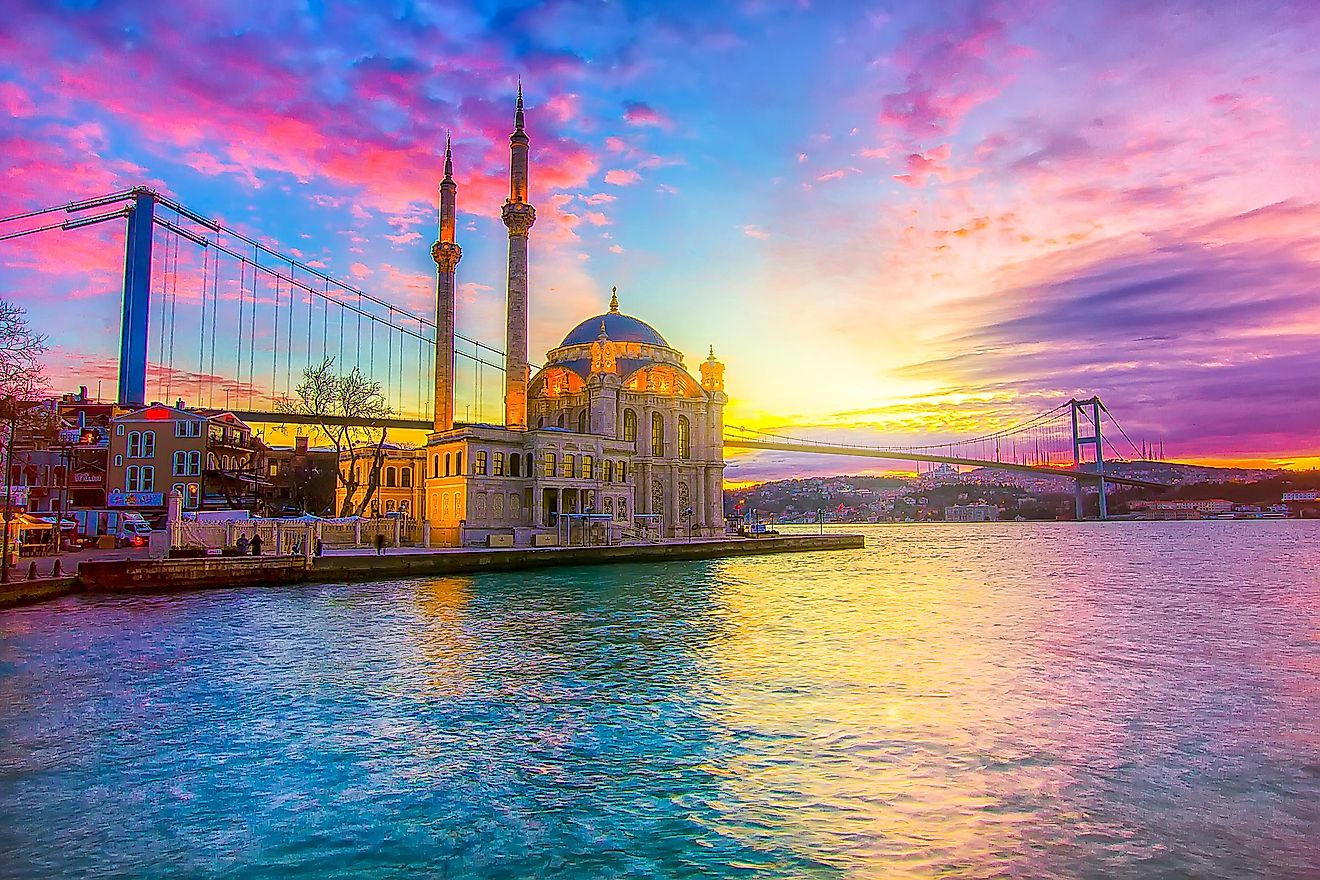
- Cities located on more than one continent are called transcontinental and there are five of them in the world.
- Istanbul, a city located in both Europe and Asia, is a bridge between the two continents.
- The city of Suez is a major trade center as well as the departure point for the pilgrimage to Mecca (hajj).
Imagine being in two places at once. It might sound impossible, but for the people living in transcontinental cities, it's an everyday occurrence. Extremely rare, a transcontinental city is one located on more than one continent and there are only five of them in existence today: Istanbul, Suez, Magnitogorsk, Orenburg and Atyrau. While Turkey has been considered a bridge between Europe and Asia for centuries, dating back to the historic Silk Road, all five cities offer a truly unique destination where cultures from different continents blend into one.
Istanbul, Turkey
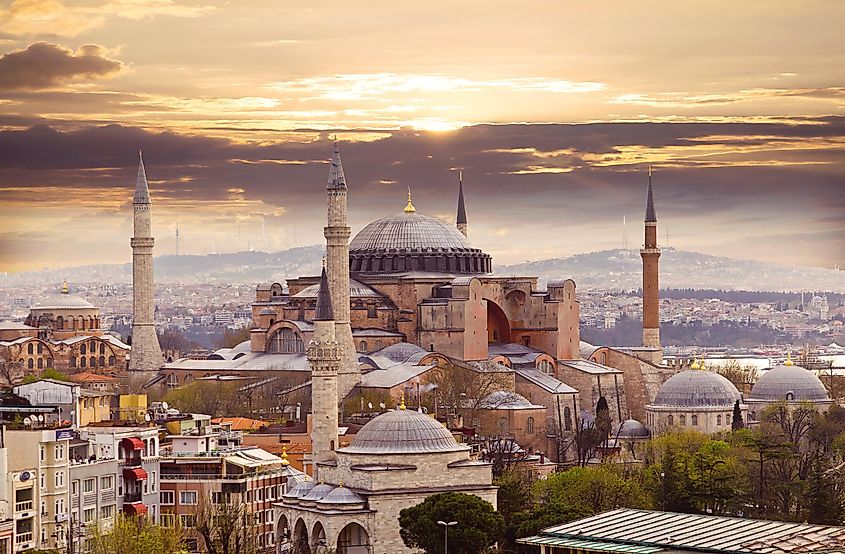
Perhaps the most familiar name on this list (it also has the highest population, at around 15 million)) Istanbul is bisected by the Bosphorus Strait, a narrow but significant body of water that separates Asia from Europe. It is one of the most visited cities in the world, and throughout history has been a major political, ethnic, and commercial center.
Built in 657 B.C. Istanbul was formerly known as Constantinople and was the capital of the Byzantine Empire from 330-1453 A.D. and the Ottoman Empire from 1285 to 1923 A.D. It has been home to major civilizations such as the Romans and Greeks and has acted as a bridge and obstacle between the two continents. Approximately 65 percent of its citizens live on the European side, while the others reside on the Asian side.
Suez, Egypt
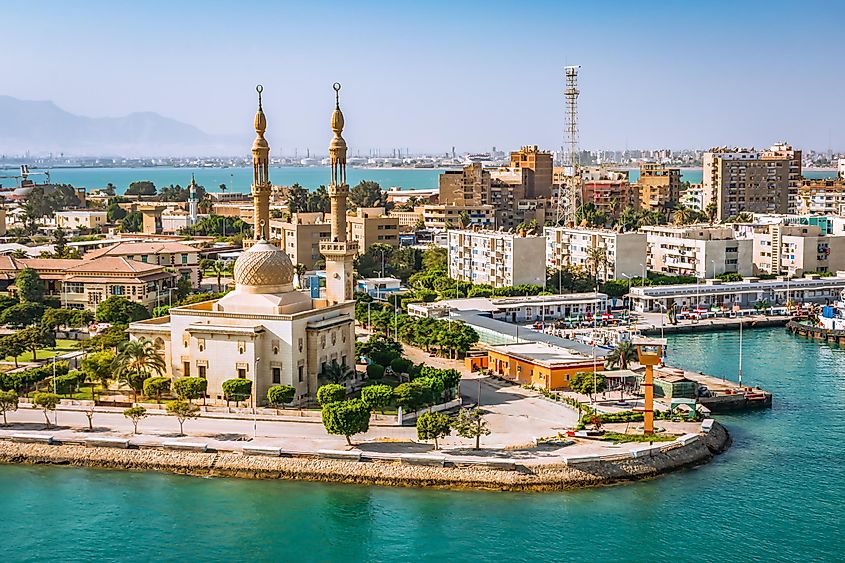
The seaport city of Suez, with an estimated population of 744, 000, sits on the border between Asia and Africa. The former location of the Greek town of Clysma, and the 7th-century Muslim city of Qulzum, it became an important trading port after its conquest by the Ottoman Empire. With the opening of the Suez Canal in 1869, the city remains to this day a naval and trade center, as well as the departure point for the pilgrimage to Mecca (hajj).
Magnitogorsk, Russia
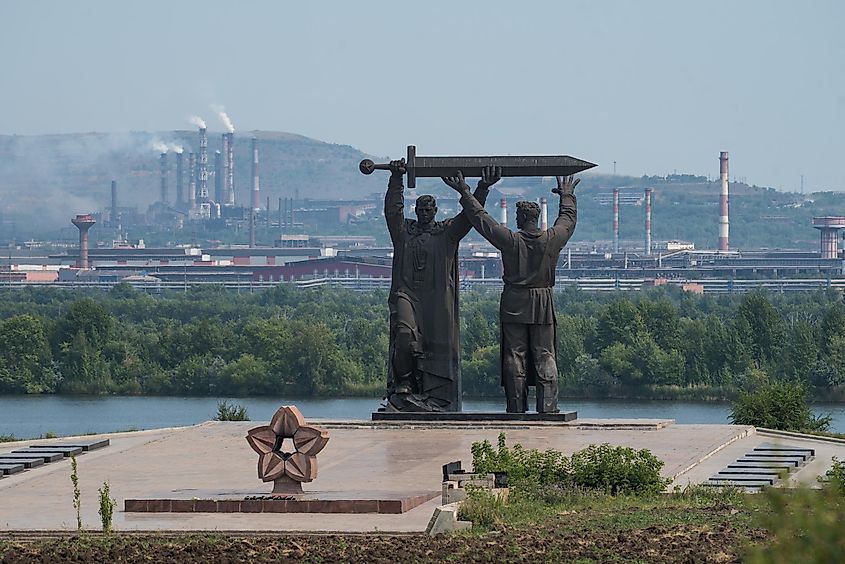
Long before it became the city it is now, Magnitogorsk started out as the Orenburg Line of forts built under the reign of Empress Elizabeth of Austria, in 1743. Boasting a unique history, starting with its location along the European and Asian border, the city underwent rapid changes during the Soviet control. Beginning in the 1930s, Joseph Stalin redesigned the city as part of his five- year plan to turn the mainly agrarian area into a steel-producing one. To this day, Magnitogorsk remains an industrial town, divided by the Ural River, with the iron and steel plants mostly located on the Asian side, and the residential areas located on the European side. Like many industrial metropolitans, its river is heavily polluted by industrial waste.
Orenburg, Russia
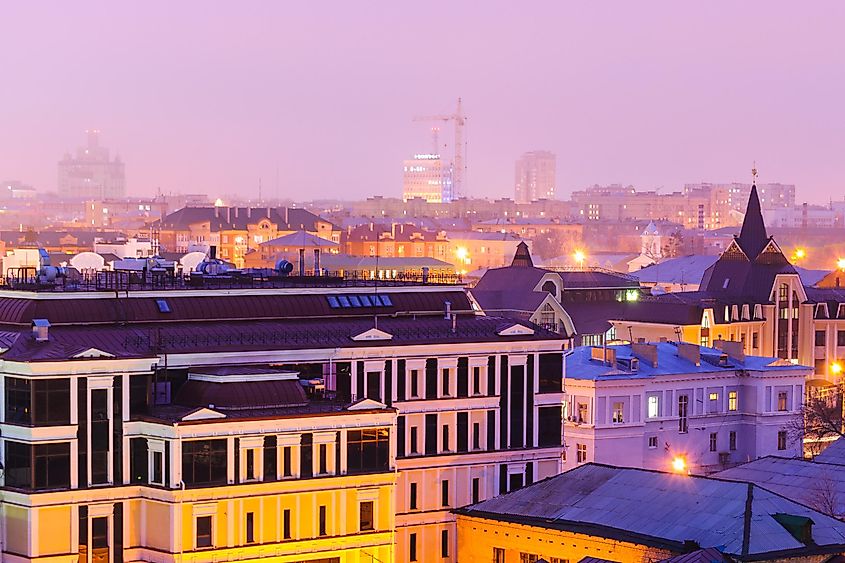
Also situated on the Ural River, Orenburg is another transcontinental city in Russia located in Europe and Asia. Founded in 1735 as a military fortress for the Ural Cossacks, it was an important commercial trading hub into Central Asia. Today the city has an estimated population of 534, 000 people, and hosts industrial factories, gas-processing facilities, engineering industries, and teaching institutes.
Atyrau, Kazakhstan
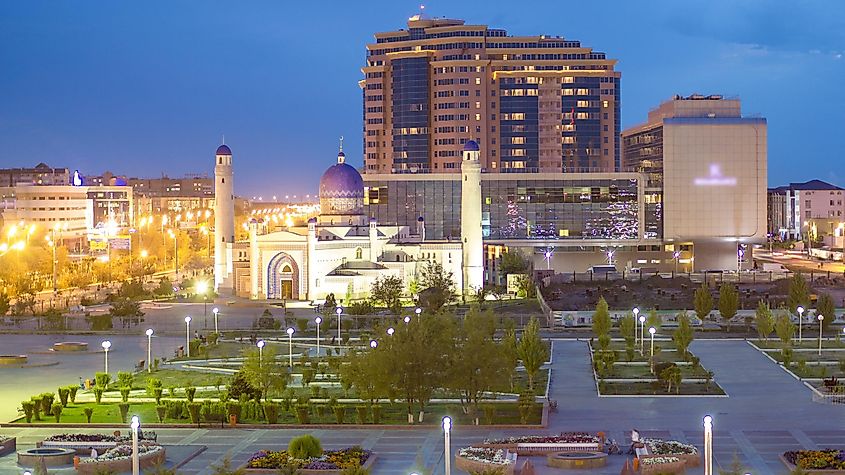
The entryway to Kazakhstan’s largest oil field, this final transcontinental city is once again located on the Ural River. Atyrau originated mid-17th century as a fishing settlement called Guryev. It was renamed Atyrau, in 1992. Straddling the European/Asian border, the city is home to approximately 235,300 residents.











